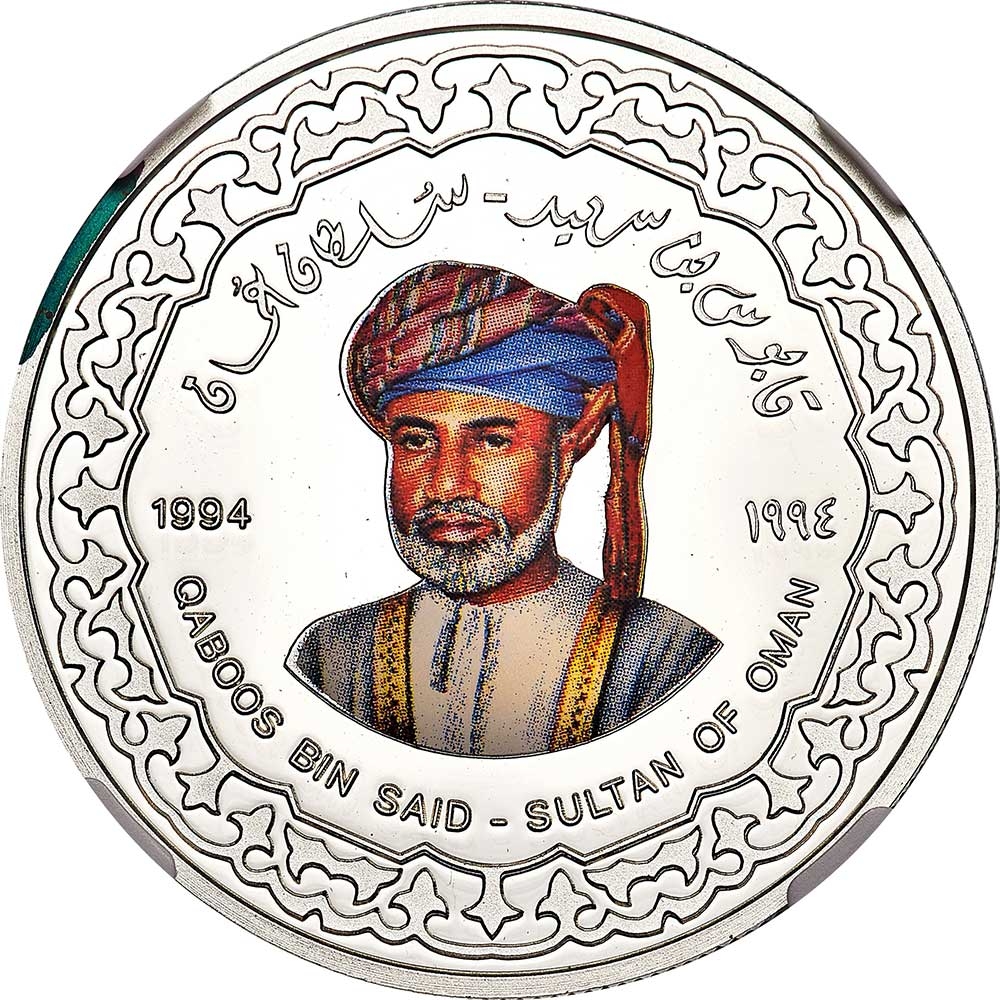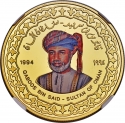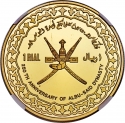You are about to finish your registration. Please check your mailbox (including spam folder). There should be a letter with a confirmation link. Check setting to make sure that your e-mail address is correct.
Send letter againDescription
The House of Busaid, also known as the Al Said dynasty, currently rules Oman and was formerly the ruling royal house of the Omani Empire (1744–1856), the Sultanate of Muscat and Oman (1856–1970), and the Sultanate of Zanzibar (1856–1964). It was established by Ahmad bin Said al-Busaidi, who was the ruler of Oman and its East African territories at the time.
The Busaid dynasty's origins can be traced back to the Azd tribes through a patrilineal ancestor named al-'Atik b. al-Asad b. Imran, who settled in Dibba (Dabá). Consequently, the group was also referred to as the "Azd of Daba". Like other Qahtani tribes, the Azd initially migrated from Yemen to the north following the destruction of the Marib Dam.
During the rise of Islam, the Azd emerged as a prominent force in the Muslim conquests and later within the domains of the Umayyad Caliphate, primarily due to the renowned general Al Muhallab ibn Abi Suffrah (Abu Said), who is considered the progenitor of the Busaid tribe. Most early sections of pre-Islamic universal Arab chronicles begin with the Azd.
Qaboos bin Said Al Said (1940–2020) was the Sultan of Oman from 23 July 1970 until his death. A fifteenth-generation descendant of the founder of the House of Al Said, he was the longest-serving leader in the Middle East and Arab world at the time of his death.
Obverse

|
Depicts a multicolored portrait of Sultan Qaboos facing, full beard and wearing a traditional Omani headdress and a turban divided date Western (left) and Arabic (right) years surrounded by the inscription "Qaboos bin Said Sultan of Oman" above in Arabic and English below inside an Islamic ornament. قابوس بن سعيد - سلطان عمان |
|---|---|
Reverse

|
Depicts the National Emblem of Oman dividing denomination in Arabic and English, surrounded by the inscription in Arabic above and English below inside an Islamic ornament. ذكرى مرور ٢٥٠ عاما على حكم أسرة البوسعيد |
| Edge |
1/2 Rial
KM# 111 Schön# 109
Related coins
250th Anniversary of Busaid Dynasty



